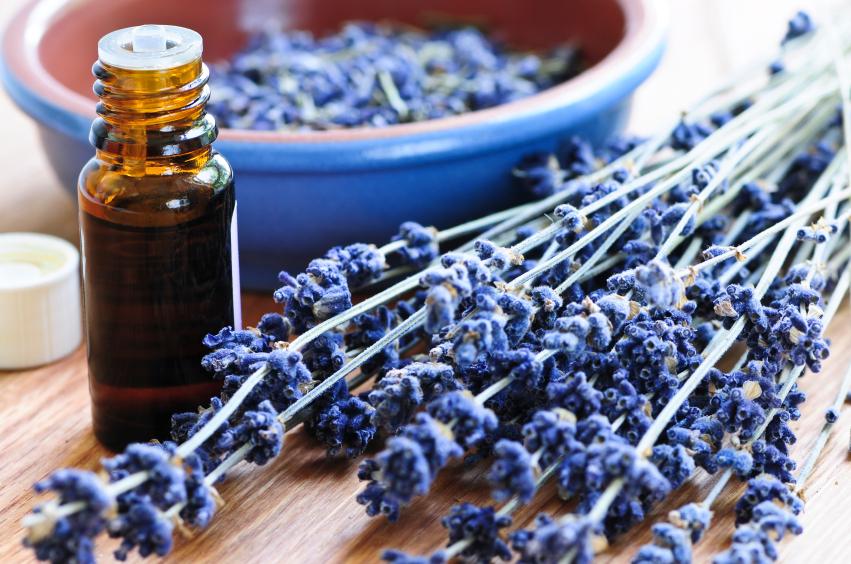Essential oils are fascinating for their ability to change mood through scent. But they do much more than just relieve depression and anxiety. Some also treat pain.
Before reaching for aspirin, ibuprofen, Tylenol, or some prescription muscle relaxer, consider essential oils first. They can be very effective—addressing pain right at the source—and are without the side effects associated with painkiller drugs: liver damage, nausea, and increased risk for heart attack and stroke.






